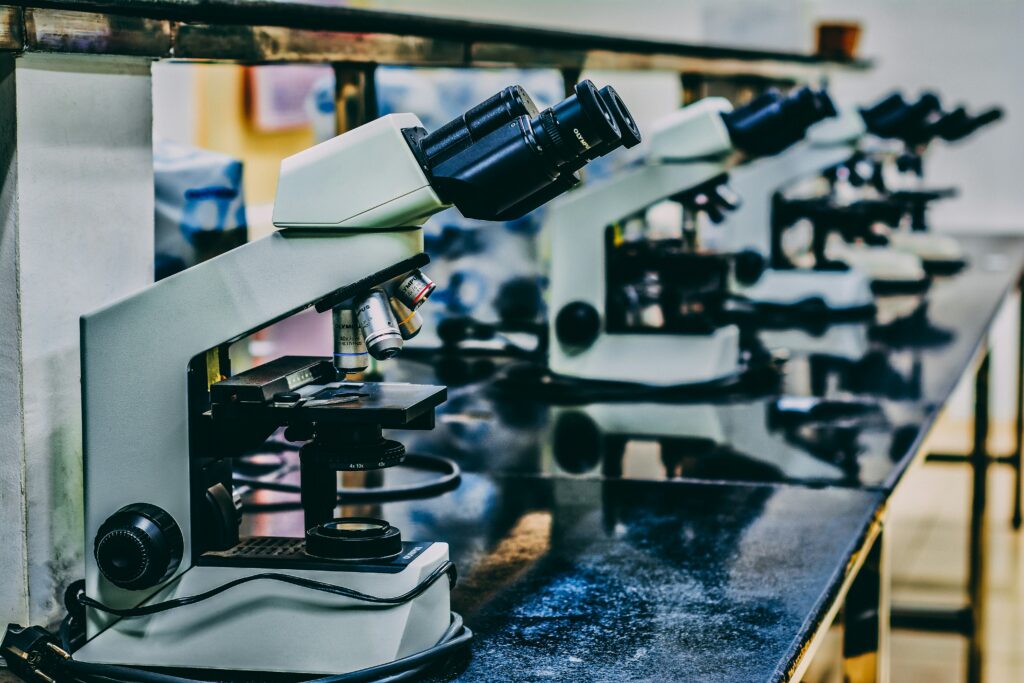
A team of researchers has developed an innovative prototype called ProBREAST at the Laboratory for Particle Accelerators and Medical Applications of the Research Centre of the Italian National Agency for New Technologies, Energy and Sustainable Economic Development (ENEA) in Frascati.
This prototype was developed as part of the TECHEA (TECHnology for HEAlth) project conducted by the ENEA Division of Physical Technologies for Safety and Health, with the purpose of creating and networking a technological infrastructure for the development, validation and launch of system prototypes based on physical technologies, for applications aimed at protecting health. The activity is conducted in collaboration with industrial “end users” interested in marketing more mature prototypes.
Presented last October during the International Breast Cancer Day, ProBREAST is now ready for the subsequent phase of engineering and commercialization. It consists of a table with a circular opening through which the target (breast) is exposed, under which there is a rotating photon source, consisting of a small linear accelerator of electrons of energy 3 MeV (millions of electron Volts) and an electron-X converter; all these parts are mounted on a rotating structure. This equipment makes radiotherapy more effective and less invasive, by protecting normal tissues, especially the heart and lungs, from traditional radiotherapy-induced damage. Compared to traditional systems, the prototype stands out not just for its quality and radiation efficacy, but also for its lower invasiveness and minimal shielding requirements of the radiology room, which make it particularly suitable for radiotherapy departments, saving cost and time and reducing waiting lists. Moreover, patients are placed in a prone rather than supine position to reduce exposure to X-rays.
“Our objective is pursuing innovation by implementing new technologies and strengthening dialogue with companies,” pointed out Concetta Ronsivalle, head of the ENEA Laboratory for Particle Accelerators and Medical Applications. “Our laboratory is open to collaboration with the productive world, starting from the transfer of technology and know-how, to build an alliance with companies, encourage open innovation processes and create progress and well-being.”
In addition to compact accelerators for radiotherapy, ENEA is also equipped with several other devices that can be used in the medical and health protection settings, including movable laser spectroscopic sensors for in-situ applications in the food sector, wearable fibre optic sensors for monitoring patients during nuclear diagnostics or radiotherapy, radiation detectors for dosimetry based on lithium fluoride crystals and films.

